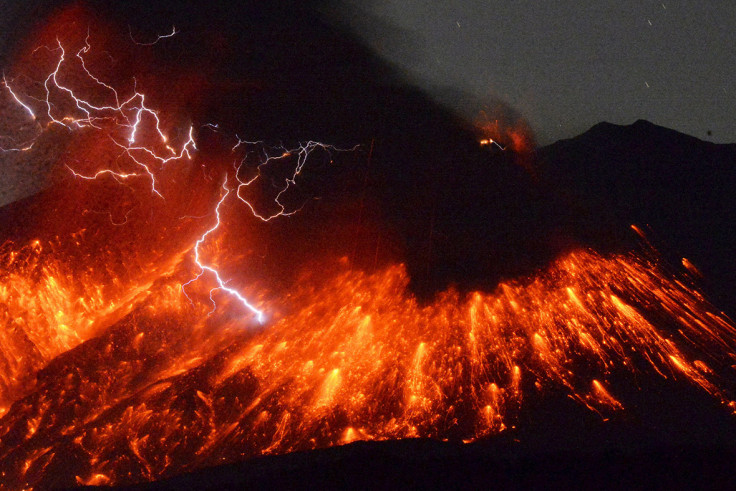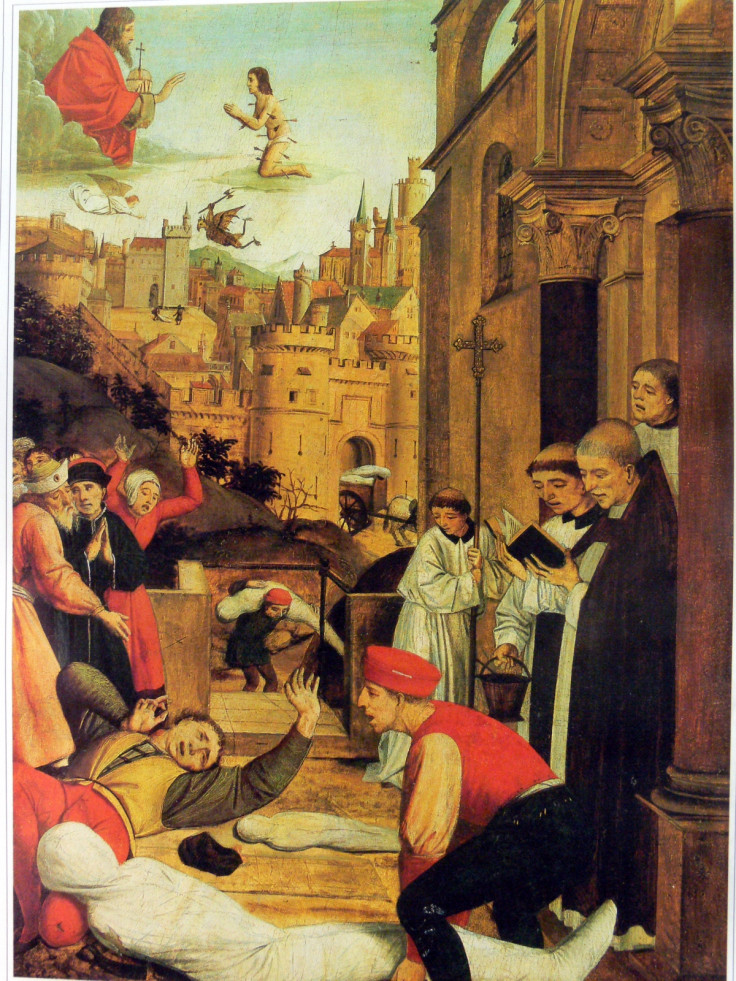Late Antique Little Ice Age: Volcanic eruptions helped trigger fall of Eastern Roman and rise of Arab Empire

A 'Late Antique Little Ice Age' 1,500 years ago, triggered by three large volcanic eruptions, contributed to the fall of the Eastern Roman Empire (aka Byzantine Empire) and the rise of the Arab Empire, scientists have said. A period of global cooling that lasted more than a century from 536 AD has been linked to huge social upheaval across Europe and Asia, resulting from crop failure, famine and disease.
An international team of scientists working on the Past Global Changes (PAGES) project were looking at climate change data during the fifth and sixth centuries and how this might have related to the rise and fall of civilisations, pandemics, migration and political turmoil. They published their findings in the journal Nature Geoscience.
The team used tree rings from the Russian Altai and European Alps to reconstruct summer temperatures over the last 2,000 years. Their findings showed there was an "unprecedented, long-lasting and spatially synchronised cooling" following three large volcanic eruptions, which took place in 536, 540 and 547 AD.
Volcanic eruptions can cause global temperatures to fall and the effects can last for decades. The gas and dust particles they produce help to shade the planet from solar radiation, while sulphur dioxide moves into the stratosphere and combines with water to form sulphuric acid aerosols. This reflects solar radiation, causing cooling on Earth's surface.
Researchers said they identified a period of cooling, dubbed the Late Antique Little Ice Age (LALIA), which spanned most of the northern hemisphere. Coinciding with this period was a series of social upheaval.
The Justinian plague killed millions across the Mediterranean, striking the Byzantine capital of Constantinople (now Istanbul). Failing crops led to famine in many parts of Europe and Asia. Several tribes migrated east towards China, possibly because of the lack of pasture land in central Asia, leading to hostilities between nomadic groups and local powers in northern China. An alliance between steppe populations and the Eastern Romans eventually resulted in the fall of the Sasanian Empire in Persia.

Other areas benefited from the Little Ice Age, however. In the Arabian Peninsula, there would have been more rain, meaning more vegetation. This, the team argues, could have driven the expansion of the Arab Empire in the Middle East as more food would have allowed more camels to be sustained during army campaigns.
"Insofar as cooling affected the Arabian Peninsula, the expected precipitation surplus together with reduced evapotranspiration during parts of the LALIA could have boosted scrub vegetation as fodder over arid areas, and thus indirectly contributed to the rise of the Islamic Empire," they wrote. "Larger camel herds may have facilitated transportation of the Arab armies and their supplies during the substantial conquests in the seventh century, during which the reconstructed fraction of human land use seems relatively high in the Arabian Peninsula."
Researchers said drawing conclusions "requires caution", but they added the climate and social shifts together fit well: "To overcome reductionist approaches, the use of palaeoclimatic evidence in historical arguments has to be combined with multifactor analyses and non-deterministic explanations. Case-by-case assessment will further increase our perception of the environmental conditions under which historical events occurred."
Ulf Büntgen, lead author of the study, said: "This was the most dramatic cooling in the Northern Hemisphere in the past 2000 years. With so many variables, we must remain cautious about environmental cause and political effect, but it is striking how closely this climate change aligns with major upheavals across several regions."
© Copyright IBTimes 2024. All rights reserved.























